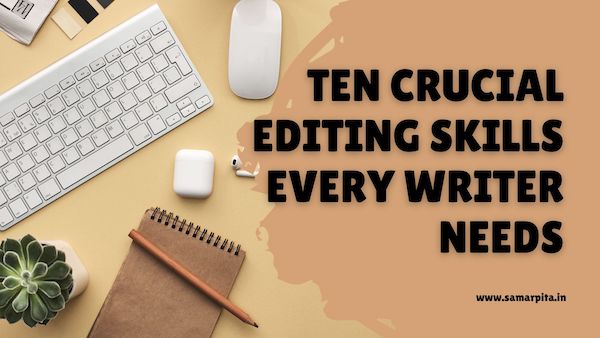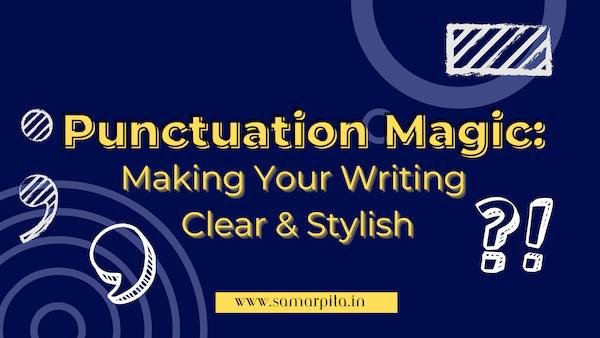When it comes to crafting a compelling story, the pace at which your narrative unfolds is as crucial as the plot itself. In this blog post, we’ll unravel the importance of consistent pacing in your manuscript. It’s not just about keeping readers engaged; it’s about taking them on a journey that feels just right.
Setting the Stage with Pacing
Imagine a rollercoaster that starts slow, climbs steadily, drops suddenly, and loops unpredictably. Now, envision your manuscript as that rollercoaster ride. Pacing is the rhythm of your narrative—the tempo that guides readers through the twists and turns of your story.
Also Read: Punctuation Magic: Making Your Writing Clear and Stylish
Engaging Your Readers
Consistent pacing is like a steady heartbeat; it keeps your readers connected to the narrative. Too fast, and they might feel overwhelmed, missing crucial details. Too slow, and they might lose interest. Finding the right balance ensures your readers stay immersed in your world.
Creating Suspense and Anticipation
Think of pacing as the art of suspense. By controlling the speed of your narrative, you can build anticipation. A gradual increase in pace as you approach a critical moment heightens the tension, making the reader eager to turn the page and discover what happens next.
Also Read: Content Marketing Metrics That Drive Small Business Success
Avoiding Reader Fatigue
Imagine running a marathon without pacing yourself—you’d likely burn out before reaching the finish line. The same principle applies to writing. Inconsistent pacing can tire your readers. By maintaining a steady rhythm, you provide them with a comfortable reading experience that keeps them hooked until the very end.
Matching Pace to Story Beats
Every story has its beats—moments of intensity, reflection, and revelation. Your pacing should align with these beats. Action scenes may call for a faster pace, while emotional or reflective moments benefit from a slower rhythm. A well-paced manuscript ensures these beats resonate effectively.
Varying Pacing for Impact
While consistency is key, there’s room for variation. Intentional shifts in pacing can emphasize certain scenes. A rapid-fire pace during a chase scene creates urgency, while a leisurely pace during a poignant moment allows for emotional connection. Mastering this variation adds depth to your storytelling.
Also Read: Content Marketing on a Budget: Maximizing Impact with Limited Resources
Keeping Readers Guessing
Predictability can be the enemy of engagement. Consistent pacing doesn’t mean everything moves at the same speed. Surprises, twists, and unexpected turns inject excitement into your narrative, preventing readers from falling into a monotonous reading experience.
Enhancing Character Development
Pacing isn’t just about events; it’s about the characters too. A well-paced story allows room for character growth and transformation. Slower moments can delve into their thoughts and emotions, providing readers with a more profound understanding of the characters.
Navigating Dialogue with Pacing
Dialogue plays a crucial role in pacing. Rapid exchanges can quicken the pace during intense scenes, while slower, reflective dialogues can ease the tempo. Skillful navigation of dialogue pacing ensures your characters’ conversations contribute seamlessly to the overall rhythm.
Also Read: Mastering the Art of Writing: Five Signs of Amateur Writing and Their Fixes
The Power of Transitions
Smooth transitions are the secret sauce to consistent pacing. Transitions guide readers from one scene to the next without causing whiplash. Whether through narrative devices, clever hooks, or well-placed chapter breaks, effective transitions maintain the flow of your story.
Conclusion: Crafting a Harmonious Journey
Consistent pacing in your manuscript is more than a technicality; it’s the heartbeat that keeps your story alive. By striking the right balance between speed and depth, you create a harmonious journey for your readers. Whether racing through thrilling scenes or savoring quiet moments, a well-paced narrative ensures your manuscript resonates with readers, leaving a lasting impact. So, embrace the art of pacing, and let your story unfold with the perfect rhythm.
***
If you are looking for an excellent manuscript editor, someone to create content for your business, or an expert to help build your personal or professional brand on social media, then look no further and connect with me at editor@samarpita.in I can be followed on instagram at @samarpita and on twitter at @samarpitadotin.
***********
Read my ebook WRITE. EDIT. PROMOTE. to learn the basics about becoming an author – from writing your own book, to editing your first draft, and to promoting your book yourself! You can also read my ebook How To Write A Story Effectively and learn some valuable lessons about how a story can go from average to extraordinary. This book is part 1 of the series.
In fiction, I have two short stories for children in an ebook called Bedtime Stories.




